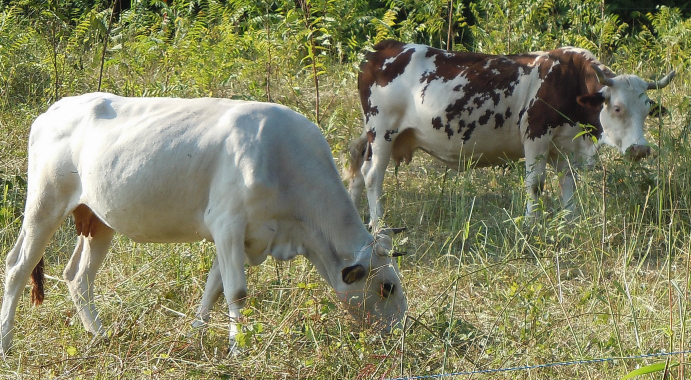Check the ingredients!
... live healthy!


| "Descrizione" by FRanier (9976 pt) | 2023-Sep-25 21:03 |
| Evaluation | N. Experts | Evaluation | N. Experts |
|---|---|---|---|
| 1 | 6 | ||
| 2 | 7 | ||
| 3 | 8 | ||
| 4 | 9 | ||
| 5 | 10 |
Nonfat milk is low in fats, as the cream is almost completely removed and provides protein, vitamins, and minerals with reduced fat content. Fat content is less than 0.5%. It consists of water, proteins (mainly casein and whey), lactose, vitamins, and minerals.
Description of raw materials used in production.

Step-by-step summary of the industrial production process.
Skim milk is a thinner liquid compared to whole milk and has a slightly bluish tint due to the absence of fat.
Cow's milk is used in many applications:
With regard to human nutrition, cow's milk is treated industrially with the pasteurization process to destroy pathogenic bacteria that can cause risks to human health.
We find it on the market as:
pasteurized within 48 hours of milking
pasteurized several times after 48 hours of milking
degreased
Partially degreased
microfiltered
homogenized and preheated to 135 degrees
The industry uses cow’s milk mainly in these forms:
dehydrated
dehydrated
dehydrated
dehydrated
dehydrated and subsequently rehydrated
The most natural form of cow's milk is raw milk, directly harvested after milking, which must be immediately stored in the refrigerator and drunk only after boiling to eliminate microbiological risks.
The advantages (for those who are not allergic) of cow's milk are manifold as cow's milk is a source of carbohydrates, calcium, proteins and other interesting nutrients that can lead to an increase in the concentration of amino acids resulting in improved muscle function (1).
Consumption of 500 mL milk attenuated losses in muscle function following repeated sprinting and jumping and thus may be a valuable recovery intervention for female team-sport athletes following this type of exercise (2).
Milk consumption on bone and fracture incidence: studies on the effects of milk or whey extracts show positive effects on bone health or risk of hip fracture. Nevertheless a few contradictory epidemiological studies showed an increased risk of hip fractures in subjects drinking higher quantities of milk (3).
Rural life is considered a promising system against asthma and allergies. Although this associative mechanism has not been fully clarified, this study presents an up-to-date under standing of the protective effect of raw milk on allergies and asthma (4).
References____________________________________________________
(1) Lawlor MJ, Hills FA, Bell PG, Stevenson EJ, Cockburn E. The effect of milk on recovery from repeat-sprint cycling in female team-sport athletes. Rankin P, Appl Physiol Nutr Metab. 2018 Feb;43(2):113-122. doi: 10.1139/apnm-2017-0275.
(2) Rankin P, Landy A, Stevenson E, Cockburn E. Milk: An Effective Recovery Drink for Female Athletes. Nutrients. 2018 Feb 17;10(2). pii: E228. doi: 10.3390/nu10020228.
(3) Fardellone P. The effect of milk consumption on bone and fracture incidence, an update. Aging Clin Exp Res. 2019 Jun;31(6):759-764. doi: 10.1007/s40520-019-01192-9.
(4) Sozańska B. Raw Cow's Milk and Its Protective Effect on Allergies and Asthma. Nutrients. 2019 Feb 22;11(2). pii: E469. doi: 10.3390/nu11020469. Review.
(5) World Allergy Organization (WAO) Diagnosis and Rationale for Action against Cow's Milk Allergy (DRACMA) Guidelines Alessandro Fiocchi, (Chair), Jan Brozek, Holger Schünemann, (Chair), Sami L. Bahna, Andrea von Berg, Kirsten Beyer, Martin Bozzola, Julia Bradsher, Enrico Compalati, Motohiro Ebisawa, Maria Antonieta Guzman, Haiqi Li, Ralf G. Heine, Paul Keith, Gideon Lack, Massimo Landi, Alberto Martelli, Fabienne Rancé, Hugh Sampson, Airton Stein, Luigi Terracciano, and Stefan Vieths World Allergy Organ J. 2010 Apr; 3(4): 57–161. 10.1097/WOX.0b013e3181defeb9
| Evaluate |